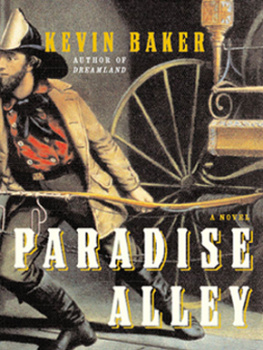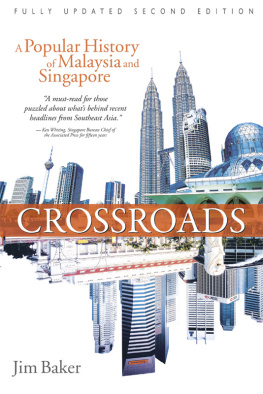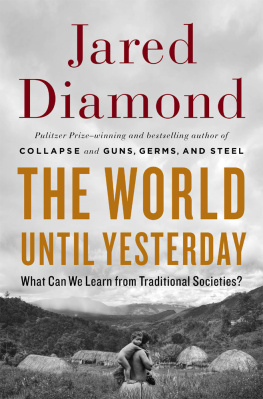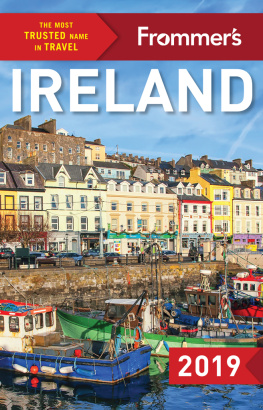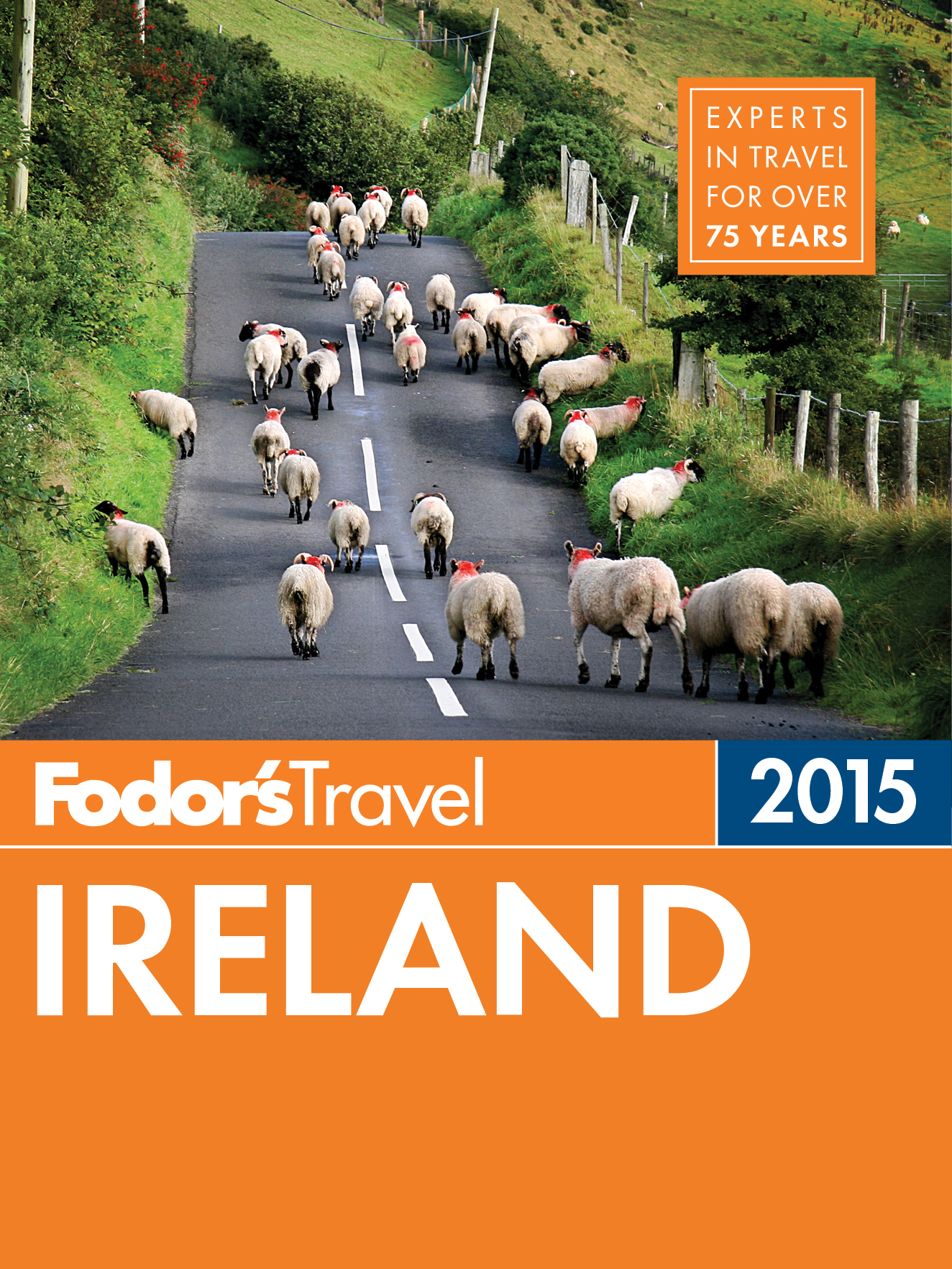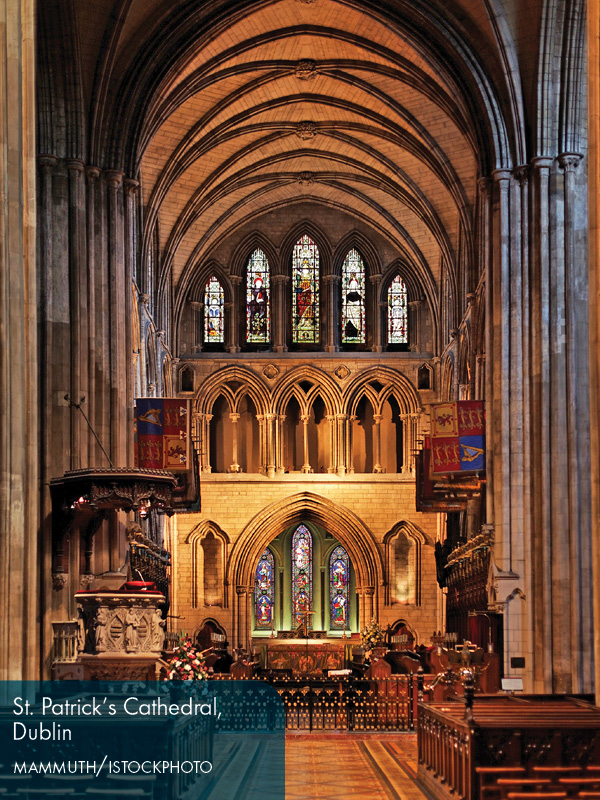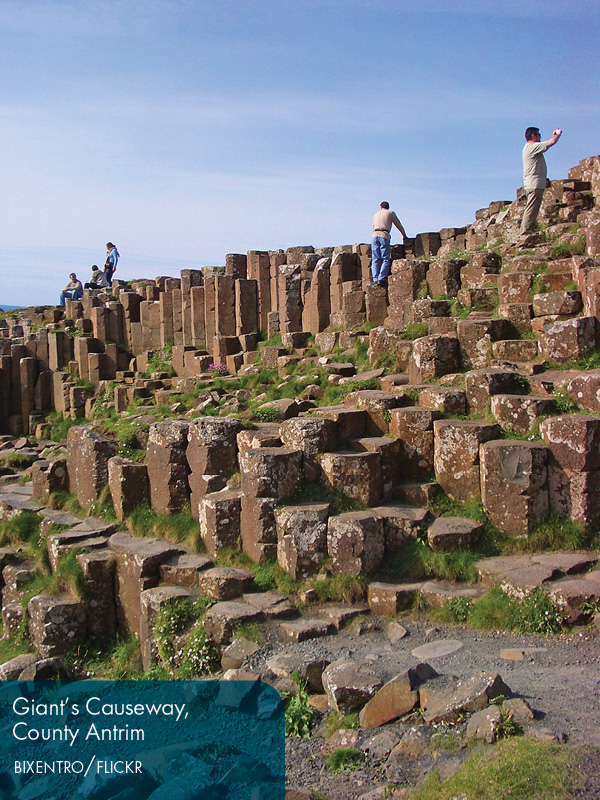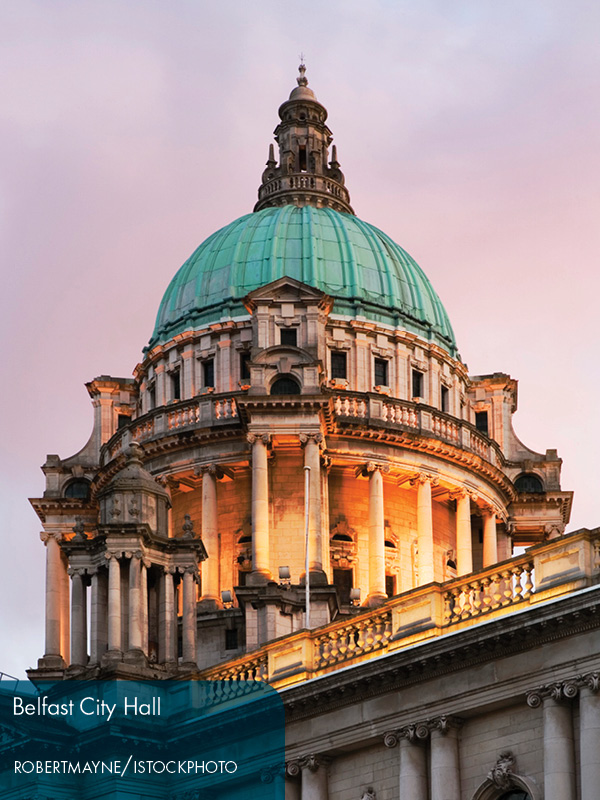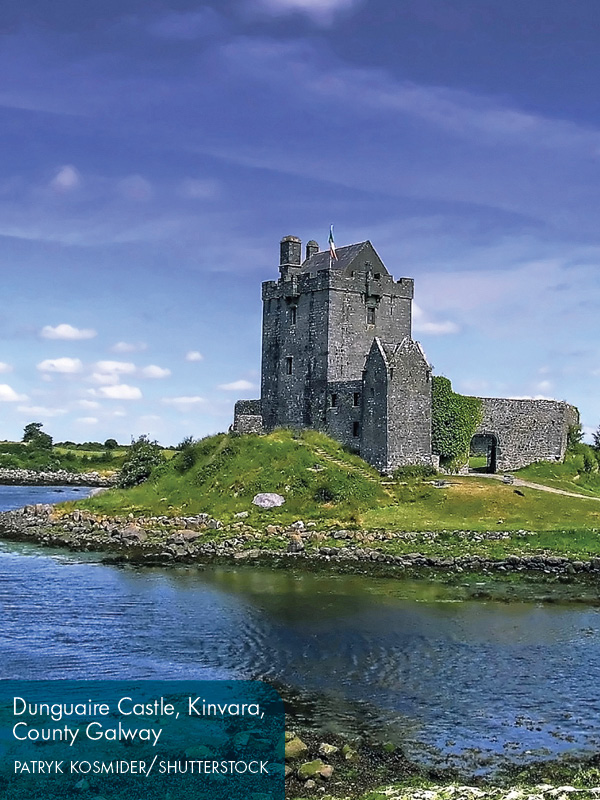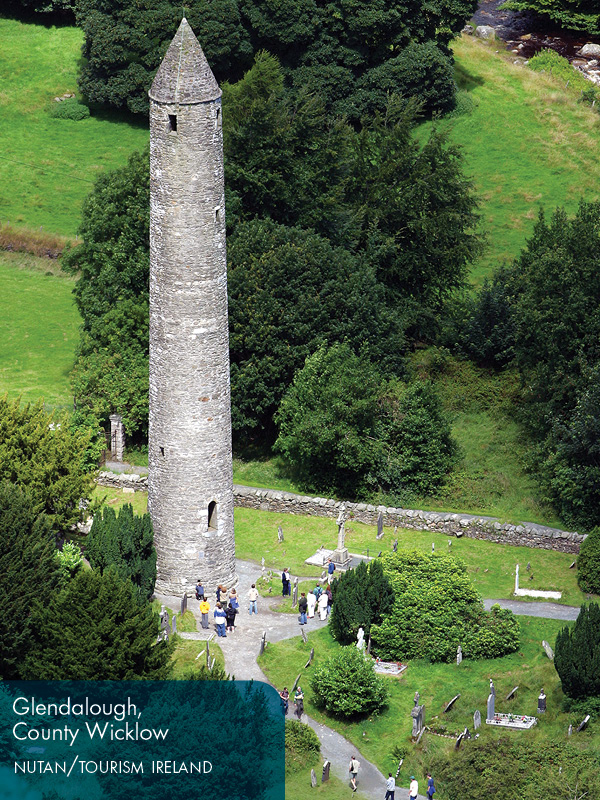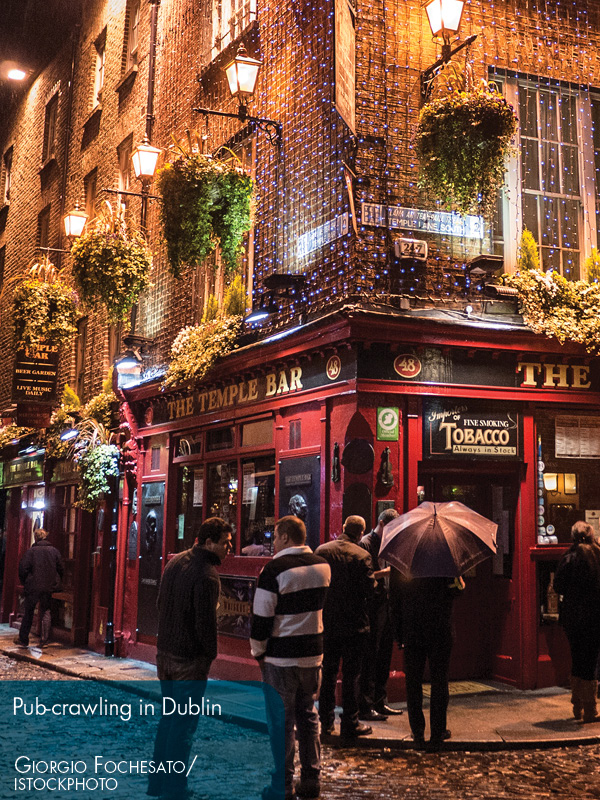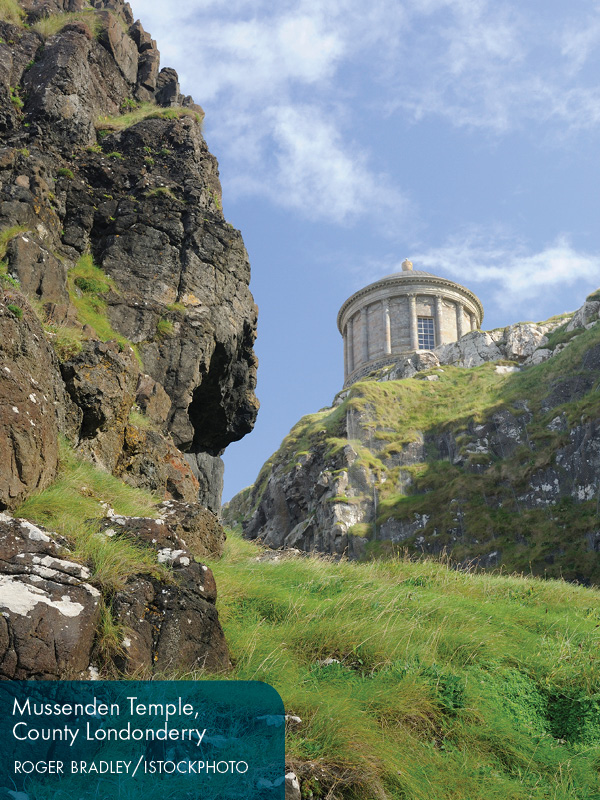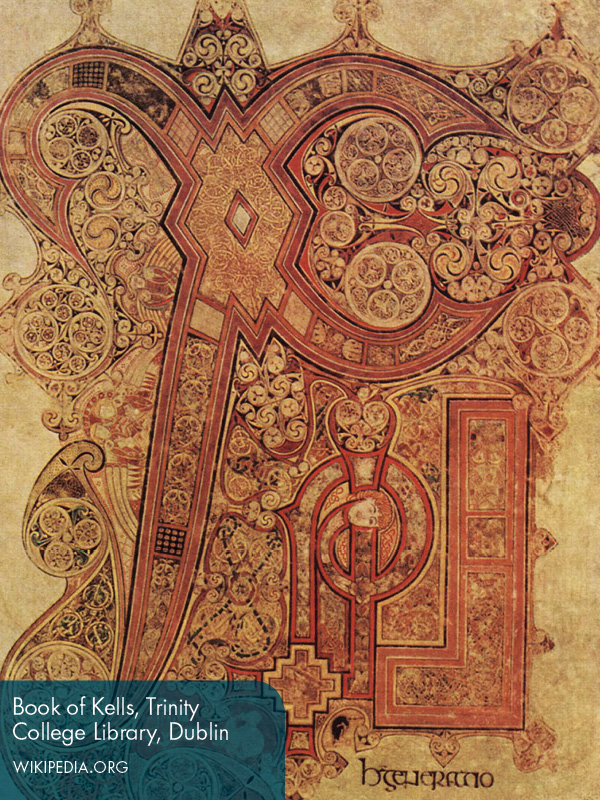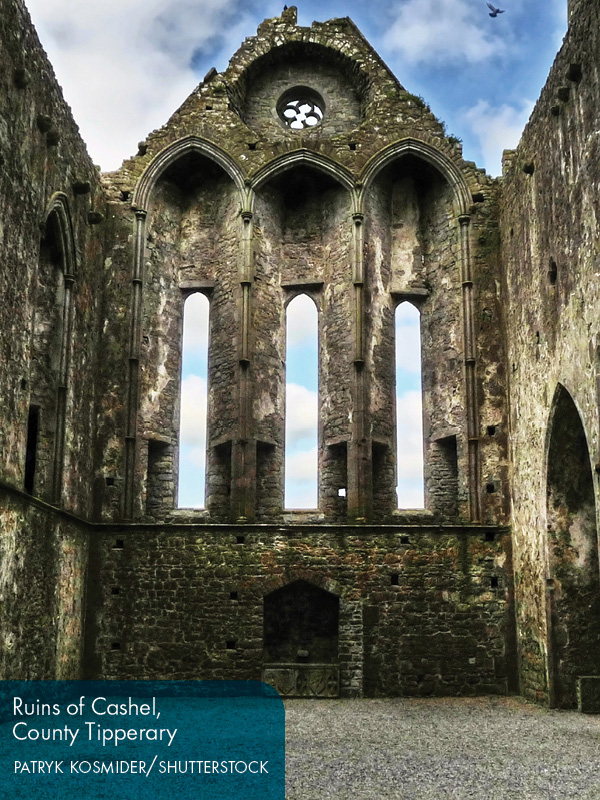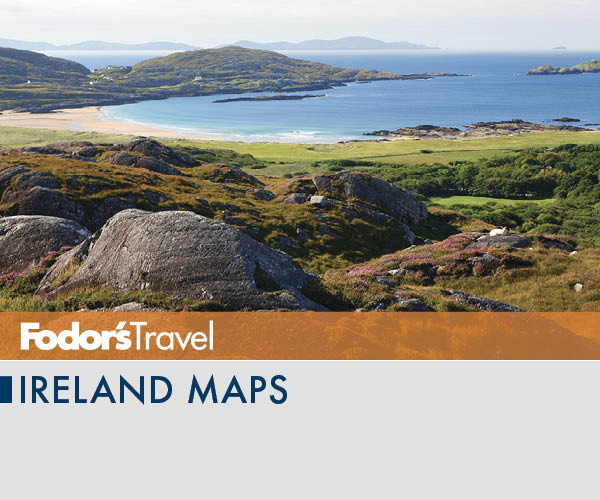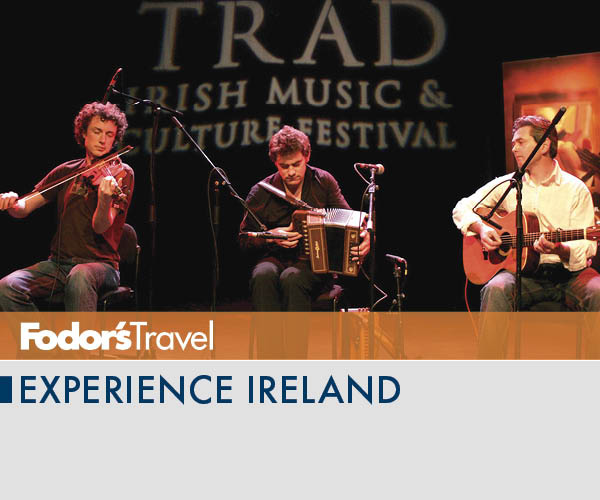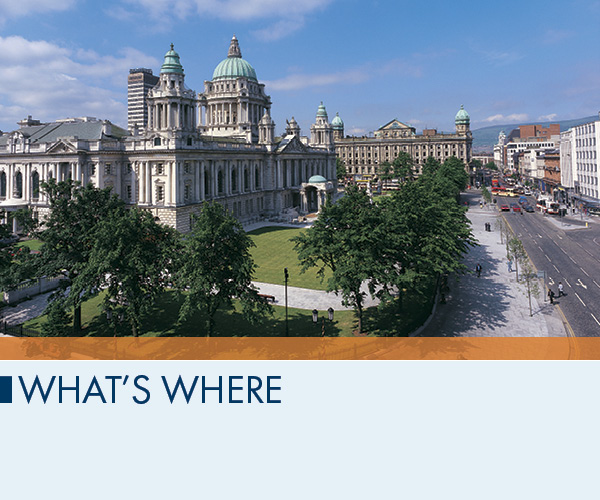Dublin. A transformed city since the days of OCasey and Joyce, Irelands capital may have replaced its legendary tenements with modern high-rises but its essential spirit remains intact. One of Europes most popular city-break destinations, it has art, culture, Georgian architecture, and, of course, hundreds of pubs where conversation and vocal dexterity continue to flourish within an increasingly multicultural mix. Get spirited (pun intended) at the Guinness Brewery, Rock n Stroll your way through hip Temple Bar, and be illuminated by the Book of Kells at Trinity Colleges great library.
Dublin Environs. The counties outside the Pale are a treasure trove of history, monastic settlements, ancient tombs, battlefields, and peaceful valleys only an hour from the hubbub of the capitals center. From the lush greenery of Kildare and Wicklow, to the mythology and traditions of Meath and Louth, the historic timeline encompasses many of the pivotal pre-Christian and early church locales of Irelands past. Listen for ancient echoes at the Hill of Tara, hike into prehistory at Newgrange, and opt for opulence at Castletown House.
The Midlands. Overlooked by many visitors due to the regions relative absence of wow-factor attractions, this verdant oasis of bog and lake harks back to the simpler, and slower, life of Ireland 40 years ago. Friendly, almost shy natives, old-style pubs, unspoiled vistas and walks, plus a wealth of historic ruins make for a relaxing adventure into the way we were. Tree-hug one of the great yews at Tullynally Gardens, lift your spirits at Clonmacnoise, and take a river cruise down the Shannon.
The Southeast. Irelands sunniest corner (with almost double the national average), the coastal counties have long been the favored hideaway of Dublin folk on vacation. Quiet seaside villages, country houses, and some of the nations best land all offer delightful reasons to tarry. Inland, counties like Kilkenny and Tipperary offer a lions share of history and important monuments in the main towns, Wexford and Waterford. Follow in the footsteps of St. Patrick at the Rock of Cashel and dig the ducal lifestyle at Lismore.
County Cork. After exploring the delights of Cork Citymuseums, lively pubs, quirky cafs, and lots of good music, trad and otherwiseuse it as a base to explore Irelands largest county, as nearly everyone heads to get the gift of gab by kissing the famous Blarney Stone. Get your fill of five-star scenery by traveling east to Shanagarryteach yourself good taste at Ballymaloe House, pioneer of the new Irish cuisine. Due south is the Irish St-Tropez, fashionable Kinsale, while westward lies Bantry, one of Irelands finest stately homes, which sits atop a breathtaking bluff over Bantry Bay. From here a cliff-top road with stunning views leads to ruggedly beautiful Glengarriff.
The Southwest. The counties of Kerry and Limerick have sights that top every tourists must-see list. The most brazenly scenic coastal drive in the land, the Ring of Kerry, will use up your entire flash card in a jiffy! While there, take a wet and wonderful ride out to the sea-wrapped Skellig islands, whose twin peaks rise out of the sea. The Gap of Dunloe lets you walk through the heart of Killarneys purple mountains and cross the glittering blue lake of Killarney. And dont forget to have your Nikon handy for Irelands prettiest village, Adare. Everywhere, the glories of Irelands coastline combine to paint a canvas that still casts a potent spell upon the stranger.
County Clare, Galway, and the Aran Islands. Set with postcard-perfect villages like Doolin, the lunar landscape of the Burren, and the towering Cliffs of Moher (theyll give you a new understanding of the word awesome), County Clare is pure tourist gold. For a complete change of pace, head to nearby Galway City: one of Irelands liveliest, it has a compact historic center bursting with artistic energy and a lively pub culture. This is also the place to organize your trip to the Oilein rainn (Aran Islands), three outposts of Gaelic civilization, which still have a strong whiff of the old waysand not just the whiff of turf smoke.
Connemara and County Mayo. With the most westerly seaboard in Europe, this region remains a place apartthe most Irish part of Ireland. Connemara is an almost uninhabited landscape of misty bogland, studded with deep blue lakes under huge Atlantic skies, and distant purple hills: painters and photographers have strived for generations to capture the ever-changing light. Nearby is the delightful village of Cong, setting for The Quiet Man , where fetching ivy-covered thatched cottages contrast with the baronial splendor of Ashford Castle. For bright lights, head to Clifden and Westport, both lively small towns of great charm.
The Northwest. Sligo, Leitrim, and Donegal are homelands of rugged, self-sufficient people and roads where wandering sheep and cows are still the norm. Weatherwise, the area gets more than its fair share of the elementsa condition more than compensated for in its warm welcomes. Take a poetry break beside Yeatss grave near Ben Bulben, discover hidden Glencolumbkille, and immerse yourself in Irish in Sligo town.
Northern Ireland. This region has positively bloomed since the peace dividend of recent times, which finally nailed the coffin lid upon the Troubles. From the beauty of Antrims coastline to the vibrant cultural renaissance of Derry and Belfast, Northern Ireland has finally emerged from the yoke of its sectarian past into a present full of promise and possibility. Cross the Giants Causeway, relive the glory and tragedy of the worlds most famous ship at the stunning Titanic Belfast, and trail after the islands ancient Celtic mysteries in the shimmery Glens of Antrim.


